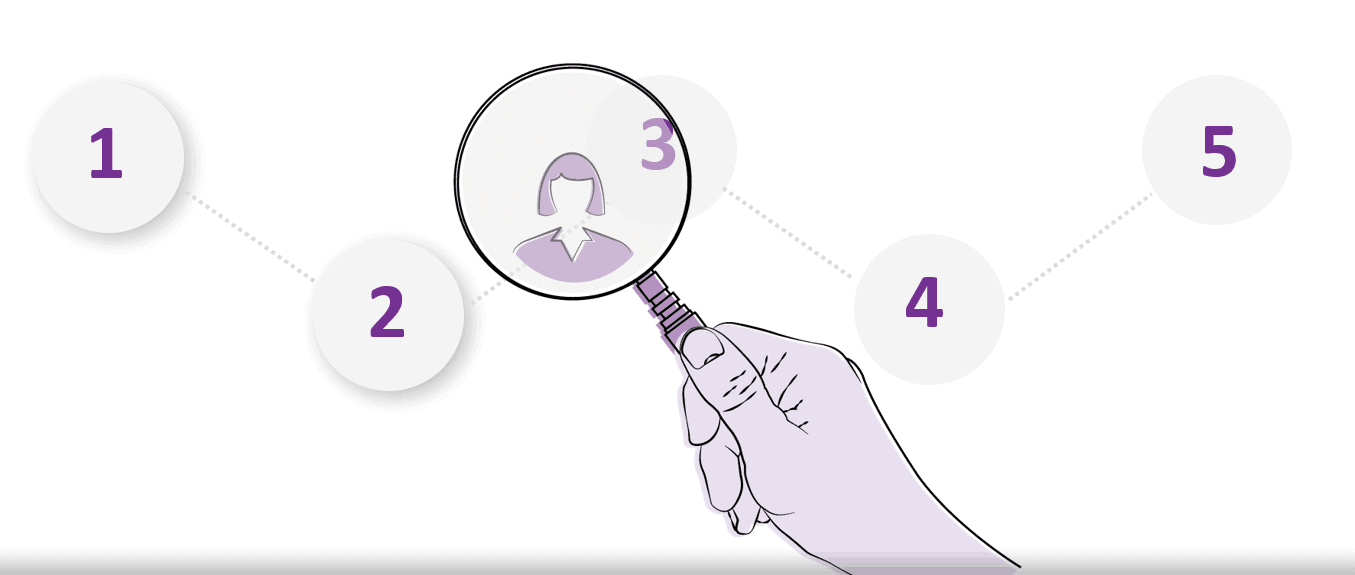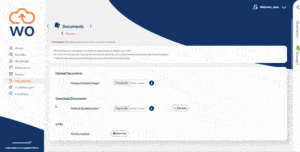The pressures of recruitment and the hiring process in the care industry is not ‘new’ news.
Alongside all of the uncertainties caused by Brexit, we are now faced with a dwindling talent pool that’s stifling our ability to meet the country’s increasing care demands. The Nuffield Trust has estimated a possible future shortfall of around 70,000 workers within the English care sector.
To remain competitive care organisations are having to re-evaluate the methods they use and it has brought into focus the importance of an often neglected area of recruitment and HR – employee onboarding.
Tackling the onboarding challenges faced by the care sector was the focus of a speaker session delivered at this year’s Care Show by webonboarding. The focus of the talk looked into what makes employee onboarding so problematic and how technology is helping to meet the demands and change up the process completely.
What is onboarding?
Employee onboarding starts the moment successful candidates have been offered a role. Onboarding also covers the HR processes and paperwork required before a new hire can start a role as a care worker. This could be everything from contracts and offer letters to compliance policies and first-day preparations.
Employee onboarding issues – the onboarding gap
The root of the problems with onboarding is that it typically exists in an ‘administrative gap’ between recruitment (ATS systems) and HR (HRM systems). It’s one of the few remaining areas of admin that’s still mainly handled with manual and paper-based methods.
For many hiring teams in the care sector, onboarding relies on contracts being posted, emails sent and phone calls made. The information collected will usually have to be manually entered into spreadsheets and HR systems.
It creates a slow, inefficient and frustrating process – particularly for the ‘onboardees’. A 2017 global study found that 39 percent of employees encounter problems during the onboarding stage, causing 15 percent to drop out.
The longer the onboarding process takes, the higher this drop-out rate is liable to be. In such a competitive recruitment environment, the care sector simply can’t afford to be losing out on chosen candidates in this way.
GDPR compliance and data management
The consequences of inefficient onboarding processes also highlights particular risk in terms of data compliance. The EU’s recently introduced GDPR (General Data Protection Regulation) legislation strengthens the need to robustly protect new hire and employee data.
It sets out a series of five key data privacy concepts that all organisations must now work within. To meet these stringent standards requires an unprecedented level of control over employee data.
Particular risks are caused by the use of generic onboarding paperwork to cover a variety of roles. GDPR sets out the need to collect only data that’s absolutely necessary and relevant to the specific role.
Other risks are caused by data fragmentation which allows duplicate, outdated and inaccurate information to be held by HR. It’s an area where traditional onboarding methods are ill-equipped to handle.
The compliance risks caused by inefficient onboarding are not something that can be ignored, the punishments for GDPR breaches include fines of up to €10 million, or two percent of annual turnover – whichever is higher.
Benefits of automated onboarding solutions
If care organisations are going to meet the onboarding challenges that lie ahead, they will need to make best use of digital technology. There’s a need to keep pace with other sectors which are increasingly moving to digital onboarding management systems.
Webonboarding allows all of the communications between HR, Hiring teams and the new hire to be handled via an online portal. It provides the hiring teams with real-time information on each step of the onboarding process.
By removing the need for posted paperwork, phone calls and emails, it creates a fast and streamlined process with the level of control that’s required to help minimise GDPR compliance risks.
The use of smart templates removes the need for generic paperwork, allowing documentation to be easily created for each specific role. Digital signing means that no documents needs to be physically sent via the mail.
The benefits allow hiring teams to start tackling the drop-out rate by reducing onboarding times and delivering new hires with a more engaging and welcoming experience. Creating positive first impressions can help reduce staff ‘turnover’ and sets the foundations for a productive and stable workforce.
In the care sector, better ways to handle employee onboarding – a critical area of the hiring process is going to be essential. Automated systems provide a scalable and flexible tool that’s future-proofed to handle today’s competitive recruitment environment.
Contact us for a free employee onboarding review and let us see how we can help improve your current processes.




